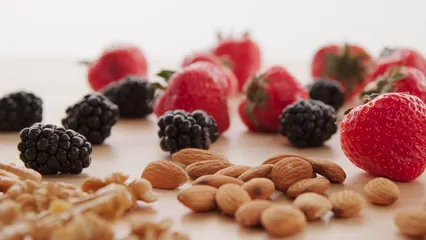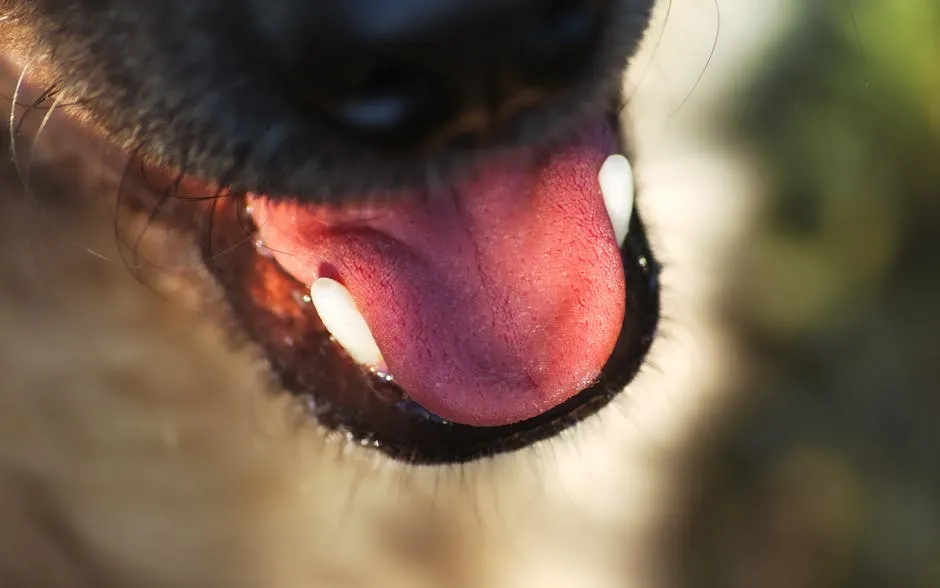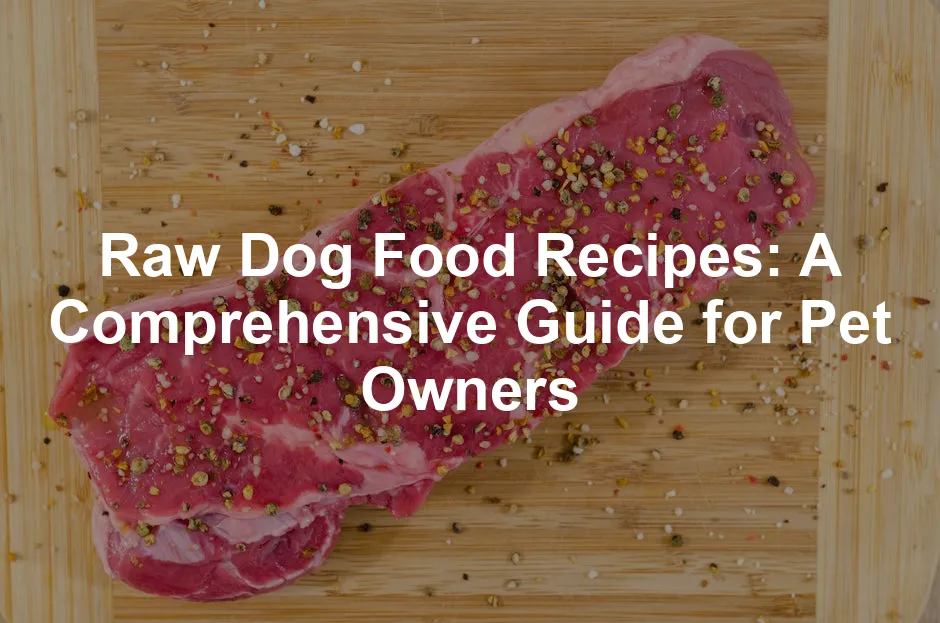Introduction
Raw dog food has gained popularity among pet owners. More people are choosing to prepare homemade meals for their furry friends. This shift is driven by a desire for healthier, more nutritious options. Homemade raw dog food can support better health and vitality in dogs. In this article, we aim to share easy and nutritious raw dog food recipes.
Summary and Overview
Raw dog food consists of unprocessed ingredients, primarily meat, bones, and vegetables. The main principle is to mimic what dogs would naturally consume in the wild. A raw diet can offer numerous benefits, including enhanced energy, improved skin and coat condition, and better digestion.
There are different feeding methods to consider. The BARF (Biologically Appropriate Raw Food) diet focuses on a balanced mix of raw foods. Alternatively, the Whole Prey Model closely resembles the diet of wild canines. This article aims to provide practical recipes and tips for preparing raw dog food at home. With the right ingredients and guidance, you can create balanced meals tailored to your dog’s needs.

The BARF diet for dogs is a popular choice among pet owners looking for a natural feeding method. Learn more about the BARF diet here.
Understanding Raw Dog Food
What is Raw Dog Food?
Raw dog food consists of unprocessed ingredients. It primarily includes raw meat, bones, organ meats, and vegetables. This diet aims to resemble what dogs would naturally eat if they were in the wild. Unlike commercial dog food, raw diets avoid fillers and artificial ingredients. Many pet owners believe that raw food promotes better health for their dogs.
However, there are misconceptions about raw diets. Some think raw feeding is unsanitary or that dogs cannot digest raw meat. In truth, dogs have a different digestive system than humans. They can safely handle raw ingredients if prepared correctly. Understanding these facts can help you make informed choices for your furry friend.

Benefits of Feeding Raw Dog Food
Feeding your dog raw food can lead to better digestion. Raw diets are easier to digest and allow for improved nutrient absorption. Many pet owners notice healthier skin and a shinier coat after switching to raw food. This diet can also help reduce allergies and food sensitivities in some dogs.
Another significant benefit is enhanced energy and vitality. Dogs on raw diets often display increased energy levels. They seem more active and playful, which can improve their overall quality of life. These benefits highlight why many pet owners are considering raw food for their pets.
To kickstart your journey into raw dog food, consider picking up a Raw Dog Food Recipe Book. This book is packed with delicious recipes that will have your dog begging for more, while ensuring they get all the nutrients they need.

Essential Ingredients for Raw Dog Food
Protein Sources
When crafting raw dog food, protein sources are essential. Common choices include chicken, beef, turkey, and fish. Each type of meat provides unique nutrients that support your dog’s health. Organ meats like liver and heart are also vital. They offer concentrated vitamins and minerals that benefit your dog.
Choosing high-quality, human-grade ingredients is crucial. This ensures that your dog receives the best possible nutrition. Look for meats from reputable sources, ideally organic or pasture-raised. By prioritizing quality, you can help maintain your dog’s health and well-being.

Incorporating the best supplements is vital for dogs on a raw diet, especially for those with joint pain. Discover the best supplements for dogs with joint pain and arthritis.
Vegetables and Fruits
Including vegetables and fruits in your dog’s raw diet can be beneficial. Some safe options for dogs include carrots, green beans, peas, and sweet potatoes. Fruits like apples (without seeds), blueberries, and bananas are also great choices. These foods provide essential vitamins, minerals, and fiber.
Incorporating vegetables into your dog’s meals can enhance their overall health. They add fiber, which aids digestion and helps maintain a healthy weight. Additionally, the vitamins and antioxidants found in fruits and vegetables can support your dog’s immune system. By adding these ingredients, you create a more balanced and nutritious diet for your furry friend.

Supplements and Additives
Even with a well-rounded raw diet, supplements can be necessary. Essential nutrients like omega fatty acids, vitamins, and minerals may not always be present in sufficient amounts. Omega-3 and omega-6 fatty acids are particularly important for skin and coat health.
You might consider adding supplements such as fish oil, vitamin E, and kelp. Fish oil provides beneficial omega-3 fatty acids, which support joint health and reduce inflammation. Kelp is rich in trace minerals and vitamins, contributing to overall wellness. Always consult your vet before adding any supplements to ensure they meet your dog’s specific nutritional needs.

Raw Dog Food Recipes
Simple Chicken Raw Dog Food Recipe
Creating a simple chicken raw dog food recipe is easy. You’ll need the following ingredients: 2 pounds of ground chicken, 1 cup of finely chopped carrots, 1 cup of peas, and 1 tablespoon of fish oil.
Begin by mixing the ground chicken with the chopped vegetables in a large bowl. Add the fish oil for extra omega-3 fatty acids. Portion the mixture into daily servings based on your dog’s weight and dietary needs. Store any leftovers in the refrigerator for up to three days or freeze for later use. This recipe provides a balanced meal packed with protein and essential nutrients.

Beef and Vegetable Medley Recipe
For a nutritious beef and vegetable medley, gather these ingredients: 1 pound of ground beef, 1 cup of chopped spinach, 1 cup of diced sweet potatoes, and 1 tablespoon of flaxseed oil.
Start by browning the ground beef in a skillet over medium heat. Once cooked, combine the beef with spinach and sweet potatoes in a large bowl. Mix in the flaxseed oil for added omega-3s. This recipe offers a great balance of protein, vitamins, and healthy fats. Each serving provides essential nutrients to keep your dog healthy and energized.

Fish and Sweet Potato Delight Recipe
This Fish and Sweet Potato Delight is not only tasty but also packed with nutrients. Omega-3 fatty acids found in fish support your dog’s heart and brain health. Plus, they can enhance your dog’s coat, making it shiny and vibrant.
Ingredients:
- 1 pound of salmon fillets (boneless)
- 1 cup of cooked sweet potatoes, mashed
- 1/2 cup of green peas (fresh or frozen)
- 1 tablespoon of fish oil (optional)
Instructions:
- Start by cooking the salmon. You can bake, steam, or grill it until fully cooked.
- In a large bowl, combine the cooked salmon (flaked), mashed sweet potatoes, and peas.
- Mix well until all ingredients are blended. If you want to add extra omega-3s, drizzle in the fish oil.
- Serve the mixture in your dog’s bowl, and watch them enjoy this nutritious meal!

This recipe is a fantastic way to treat your pup while providing essential health benefits.
Customizable Raw Dog Food Recipe
A customizable raw dog food recipe gives you flexibility to meet your dog’s unique needs. This base recipe allows you to tailor ingredients based on age, size, and health requirements.
Base Recipe:
- 2 pounds of ground meat (beef, chicken, or turkey)
- 1 cup of vegetables (carrots, spinach, or pumpkin)
- 1/2 cup of organ meat (like liver or kidney)
- 1 tablespoon of fish oil or flaxseed oil
Instructions:
- In a large mixing bowl, combine the ground meat and organ meat.
- Add your choice of vegetables, chopped finely or grated for easier digestion.
- Incorporate the fish oil or flaxseed oil for healthy fats.
- Mix thoroughly to ensure an even distribution of ingredients.

Feel free to adjust the vegetable types or meat ratios based on your dog’s specific needs. This flexibility ensures your furry friend gets a balanced diet tailored just for them.
Tips for Transitioning to Raw Dog Food
Gradual Transition
Changing your dog to raw food requires a thoughtful approach. A gradual transition helps avoid digestive issues, such as upset stomach or diarrhea. Start by mixing small amounts of raw food with your dog’s current diet. Over a week, slowly increase the raw portion while decreasing the kibble.
Sample Schedule:
- Days 1-3: 25% raw, 75% current food
- Days 4-6: 50% raw, 50% current food
- Days 7-9: 75% raw, 25% current food
- Day 10: 100% raw food

This method eases the transition and allows your dog’s digestive system to adjust to the new diet.
Monitoring Your Dog’s Health
As you transition to raw food, keep an eye on your dog’s health. Look for signs of improvement or any adverse reactions. Healthy signs include increased energy and a shiny coat. However, if you notice diarrhea, vomiting, or lethargy, adjustments may be necessary.
Consider these factors during the transition:
- Stool Consistency: Monitor bowel movements to ensure they are firm and regular.
- Energy Levels: Increased vitality usually indicates a well-tolerated diet.
- Coat Condition: A healthy coat is often a sign of a balanced diet.
By actively observing your dog’s response, you can make necessary dietary adjustments for optimal health.

Safety and Hygiene Considerations
Proper Food Handling
When preparing raw dog food, safe food handling is crucial. Start by washing your hands thoroughly before and after handling raw ingredients. Use separate cutting boards for meat and vegetables to avoid cross-contamination. Always keep raw meat refrigerated until you’re ready to use it.
Before cooking, clean your preparation areas with hot, soapy water. Sanitize surfaces and utensils with a mixture of water and vinegar or a mild bleach solution. After preparing meals, store leftovers in airtight containers. This practice helps ensure your dog’s food stays fresh and safe. By following these steps, you can significantly reduce the risk of foodborne illnesses for both you and your pet.

Understanding Raw Feeding Risks
Raw feeding can pose various risks, so being informed is essential. One of the main concerns is the potential for bacterial contamination, like Salmonella or E. coli, which can affect both dogs and humans. To minimize these risks, always source high-quality, fresh ingredients and handle them safely.
Consulting with your veterinarian before starting a raw diet is vital. They can help assess your dog’s specific needs and health conditions. Your vet may also suggest appropriate supplements to ensure nutritional balance. Understanding these risks and seeking professional advice can help you confidently transition to a raw feeding regimen for your furry friend.

Conclusion
Feeding your dog raw food offers many benefits, such as improved digestion and a shinier coat. It’s a great way to provide your pet with nutritious, wholesome meals. Don’t hesitate to try out the recipes shared in this guide. Feel free to customize their diet based on their unique needs. Always consult with a veterinarian for personalized advice tailored to your dog’s health and lifestyle. Happy feeding!
Please let us know what you think about our content by leaving a comment down below!
Thank you for reading till here 🙂
And while you’re at it, don’t forget to check out some essentials such as Dog Food Storage Containers to keep your pet’s food fresh, or a Pet Food Scale to measure out the perfect portions!
All images from Pexels





